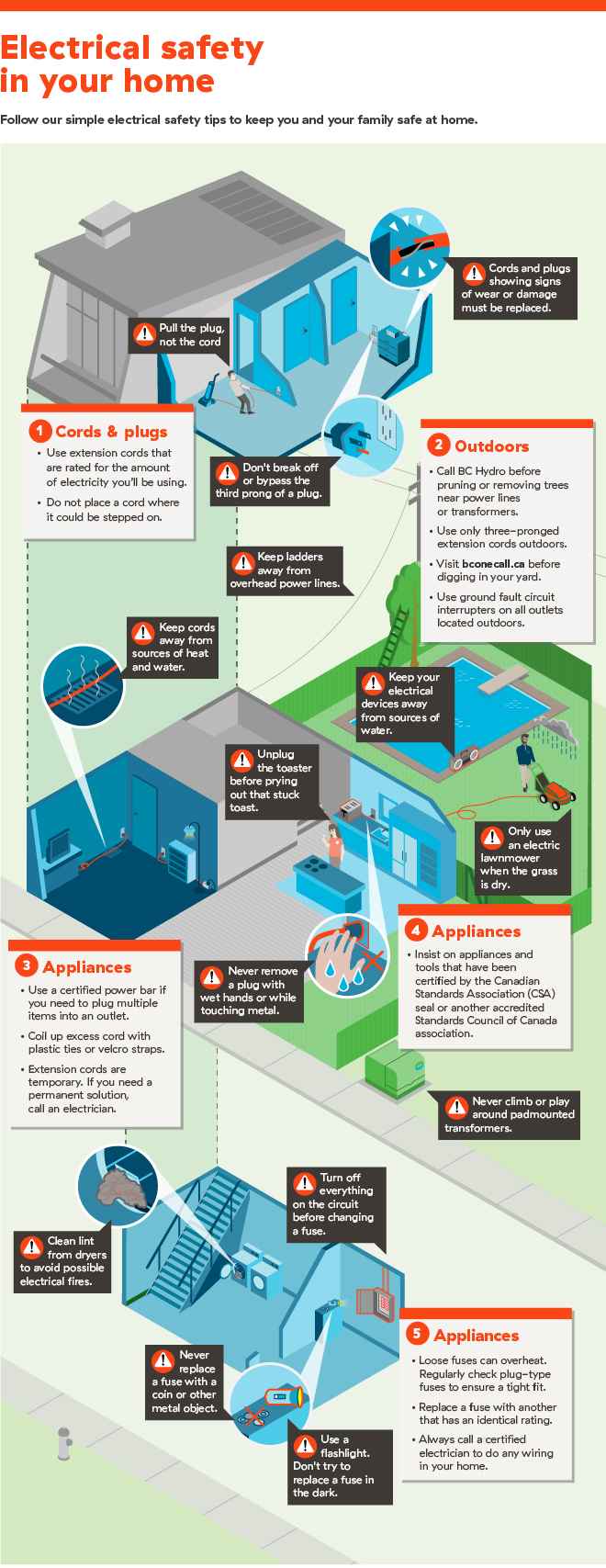Signs It's Time For Tree Removal: Exactly How To Recognize Hazardous Trees
Signs It's Time For Tree Removal: Exactly How To Recognize Hazardous Trees
Blog Article
How To Prune Meyer Lemon Tree -Winther Enemark
When it pertains to tree treatment, identifying the indications that it's time for removal is important for your safety and home. You could notice stained leaves, wilting branches, or strange fungal developments indicating illness. Structural issues, like a significant lean or fractures in the trunk, can likewise present dangers. Comprehending Average Cost Of Tree Removal can help you make informed choices concerning your trees and stop potential dangers prowling in your yard. What should you try to find next?
Indications of Degeneration and Illness
When you discover indications of degeneration and condition in your trees, it's vital to act quickly. Seek stained leaves, wilting branches, or unusual developments like fungi. These can show that your tree is battling.
If you see fractures in the bark or soft, mushy wood, these symptoms suggest internal decay. In addition, an unexpected boost in bugs around your tree can indicate that it's weakened and at risk.
Look for any type of dead or dying arm or legs, as they position a danger to your home and safety. If you doubt about what you see, speaking with an arborist can offer quality.
Resolving these signs early can save you from more comprehensive damages and guarantee the health and wellness of your yard. Do not wait until it's too late.
Structural Instability and Leaning
As you observe your trees, watch out for any kind of indications of structural instability or leaning. If a tree leans dramatically, it might show that the origin system is jeopardized.
Seek any kind of cracks in the trunk or soil around the base; these can indicate possible failing. Furthermore, look for unusual development patterns, like a lopsided crown, which might recommend that the tree is struggling to hold itself upright.
If you notice that the tree leans toward your home, high-voltage line, or other frameworks, it presents a better threat. Don't ignore these indications-- consult an arborist to examine the situation.
Taking action early can stop pricey damages and ensure your safety and security.
Dead or Dying Branches and Vegetation
If you see dead or dying branches and foliage on your tree, it's a clear sign that something's wrong.
These harmful locations can suggest underlying concerns like condition, insect invasions, or ecological stress and anxiety. When branches lose their leaves or transform brown, they're no longer adding to the tree's health. Overlooking these signs can bring about more decline, making your tree extra harmful.
Dead branches can easily break short throughout storms, posturing a risk to residential property and individuals nearby. It's critical to assess the level of the damages.
If the problem influences a considerable part of the tree, consider speaking with a specialist. They can assist identify if removal is required to ensure security and keep the appeal of your landscape.
Final thought
If you see any type of indications of decay, structural instability, or dead branches on your trees, do not neglect them. These indications can present major safety dangers to you and your home. It's always best to seek advice from an expert arborist who can give a professional evaluation of your trees. Doing something about it early can prevent mishaps and pricey damages, guaranteeing your landscape remains safe and healthy. Remember, it's better to be positive regarding tree treatment than to wait on a disaster to occur.
